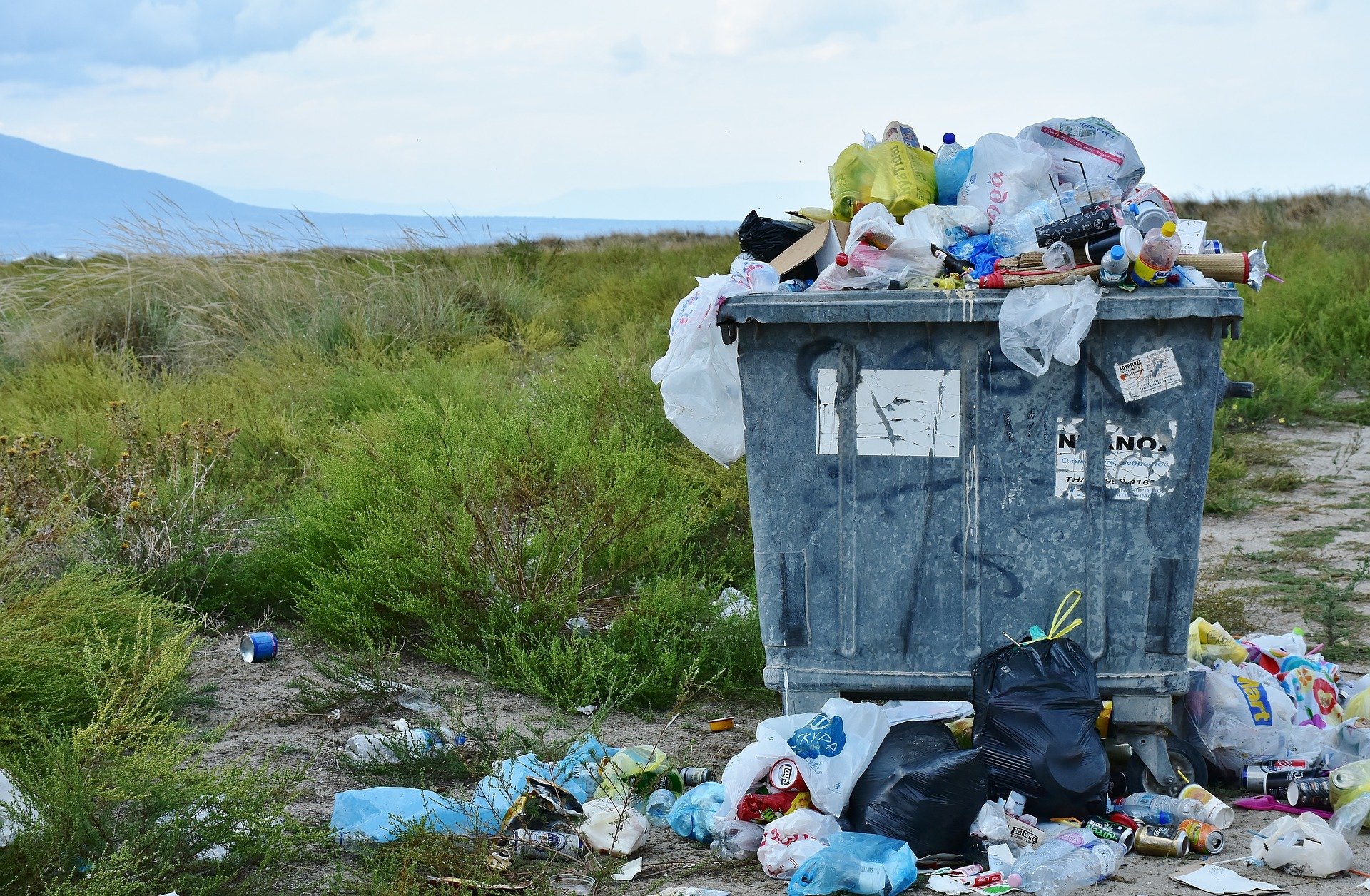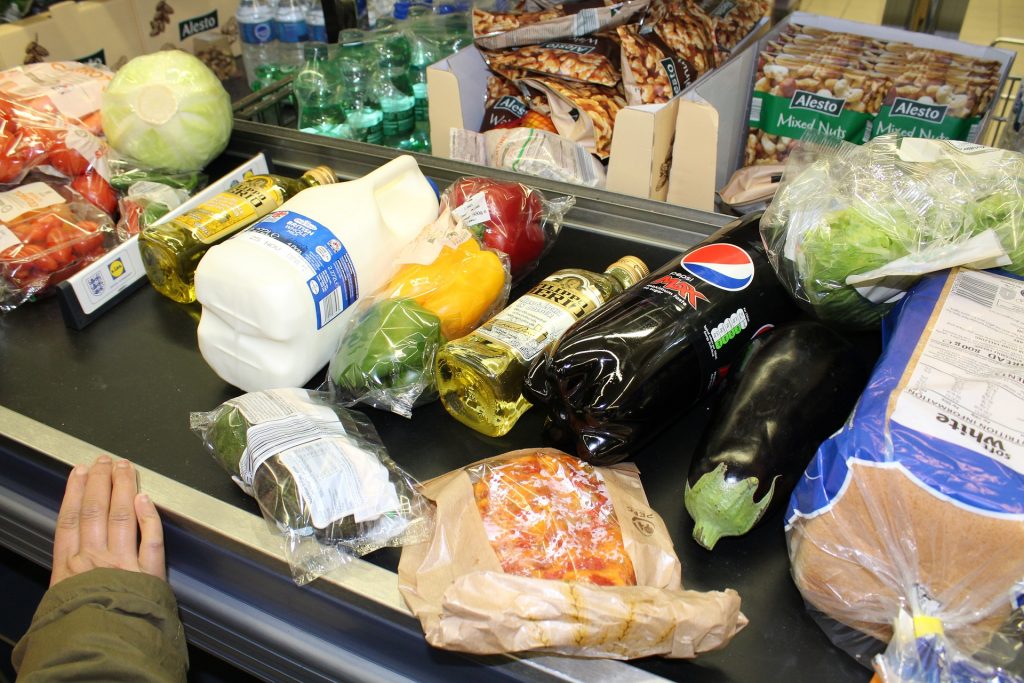 In The Trash.
In The Trash.
No, seriously… About 40% of the food bought in the U.S. is not eaten. [1]
The average American household of four is throwing away $120 worth of uneaten food each month! [2]
Consumers are responsible for more wasted food than farmers, grocery stores, or any other part of the food supply chain, which is pretty incredible when you consider the amount of perishable food that’s lost on the journey from the farm to your grocery store. [2]
The popular fast food giant Wendy’s boasts a “Fresh Never Frozen Beef” slogan, giving frozen food a bad reputation, but The Natural Resources Defense Council believes frozen food may actually be the key to turning around the food-waste trend.
“Your freezer could be the secret to keeping ingredients fresh, saving money, and reducing food waste.” – The Natural Resources Defense Council
Freezing food isn’t new. How do you think cave dwellers survived without a Sub Zero freezer? They buried their game in the snow until they were ready to use it! In the 17th century, a below ground root cellar was invented in England and used to preserve food, but It wasn’t until 1913 when home refrigerators were invented, making it easy to freeze food at home to consume later. Today, the freezer can be a food waste warrior’s best friend, allowing consumers to safely store food for long periods of time without feeling like they need to eat it.
Think you’re losing nutrition if the food is frozen? This again! Research shows that the nutrient content of frozen fruits and vegetables are nearly equivalent to fresh produce. Frozen produce is usually picked at its peak ripeness and flash frozen within hours of harvesting, which preserves the nutrient content. When you thaw the vegetable to eat them, they are as fresh and nutritious as the day they were harvested. On the other hand, “fresh” vegetables that have traveled for days (often on hot trucks) and transferred through several distributors before ever reaching the supermarket, are far from “fresh.” They are often degraded/dehydrated and lacking much of their nutritional value by the time they even reach the supermarket shelves. “You can store (frozen produce) in the freezer for a year and the nutrient level pretty much stays the same,” says plant scientist Hazel MacTavish-West, a well known food industry consultant. [4]
The same is true for frozen meat and fish. When the food is harvested and immediately flash frozen (a process of freezing food rapidly below 0°F to prevent the formation of ice crystals), it preserves the fresh taste and nutrient content naturally. Flash frozen products are guaranteed to last a year, but should last much longer than that when stored at 0 degrees. The flavor, the nutrients and the texture of our meat retains farm-fresh quality. [6]
According to The U.S. Department of Agriculture, any food stored at exactly 0°F will always be safe.
When meat is stored at refrigerated temperatures it will have a limited shelf life, as well as the potential for bacteria growth. When you’re purchasing “fresh” meat from a local grocery store, there’s always a chance that the meat was previously frozen and thawed, which can harm the quality of the food. [6]
A family of four wastes between $1,350 – $2,275 worth of food each year! [2] Let’s stop this nonsense!
Here’s how you can combat food waste at home:
- Buy only as much perishable food as you can eat; don’t purchase raw fruits and vegetables at wholesale stores unless you know you’ll definitely eat them.
- Don’t discard “imperfect” looking foods, they’re usually fine.
- Buy and consume frozen food.
- Plan your meals before you grocery shop.
- Keep your refrigerator and freezer organized so nothing gets “lost” in the back of the freezer.
For more information about the food waste crisis, please visit The Natural Resources Defense Council.
Recourses:
1. “Food Waste.” NRDC, 6 Feb. 2018, www.nrdc.org/issues/food-waste.
2. Gunders, Dana. “Freeze More. Waste Less.” NRDC, 16 Nov. 2017, www.nrdc.org/stories/freeze-more-waste-less.
3. Garren, Ph.D. Donna M. “Frozen: A Food Waste Solution.” The Huffington Post, TheHuffingtonPost.com, 25 July 2016, www.huffingtonpost.com/entry/frozen-a-food-waste-solution_us_579240ffe4b0a86259d1290b.
4. Aubrey, Allison. “Frozen Food Fan? As Sales Rise, Studies Show Frozen Produce Is As Healthy As Fresh.” NPR, NPR, 17 May 2018, www.npr.org/sections/thesalt/2018/05/17/611693137/frozen-food-fan-as-sales-rise-studies-show-frozen-produce-is-as-healthy-as-fresh.
5. “FSIS.” USDA Food Safety and Inspection Service, www.fsis.usda.gov/wps/portal/fsis/topics/food-safety-education/get-answers/food-safety-fact-sheets/safe-food-handling/freezing-and-food-safety/CT_Index/.
6. “Why Is Flash-Frozen Meat Best?” GreenAcres Market, 16 Feb. 2016, www.greenacres.com/why-is-flash-frozen-meat-best/.




